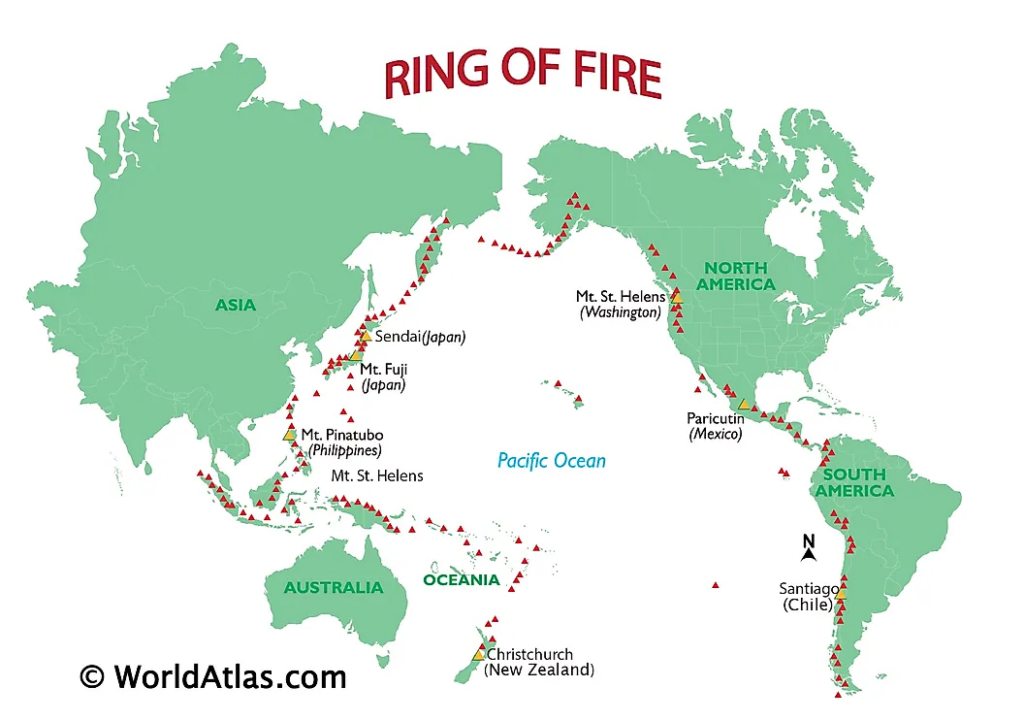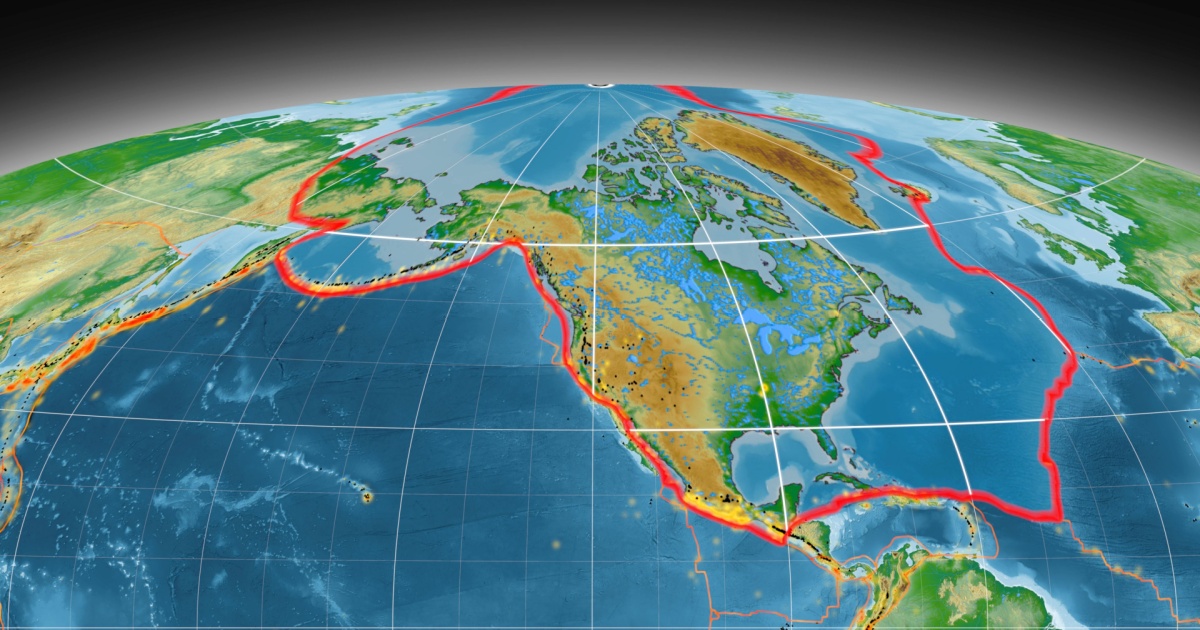Recent research has unveiled a looming peril for the Atlantic Ocean—a subduction zone hiding beneath the Gibraltar Strait, set to work its way into the Atlantic Ocean.1 This subduction zone, known as the Gibraltar arc or trench, has been slowly but surely migrating west, starting around 30 million years ago in the Mediterranean. Seemingly dormant, a study published in the journal Geology suggests that this geological juggernaut might wake up, which would herald a period of “subduction invasion” into the Atlantic Ocean.
Earth’s Subterranean Drama
At the heart of all of this is the Gibraltar Arc, a subduction zone packed tight inside the Gibraltar Strait between Portugal and Morocco. Initially stuck in the Mediterranean basin, this subduction zone’s progress into the Atlantic Ocean could mark a massive upheaval in the Earth’s tectonic landscape, similar to the ‘Ring of Fire’ around the Pacific Ocean.

Through advanced computer modeling, researchers led by João Duarte from the University of Lisbon have mapped the arc’s trajectory, offering a look into future progressions. According to Duarte and his colleagues, the Gibraltar Arc’s eventual march toward the Atlantic boundary would begin a transformative process set to start in…about 20 million years.
Through these simulations, researchers predict the Arc will gradually move through the Gibraltar Strait and make its way to the Atlantic subduction zone reminiscent of its Pacific counterpart. This trajectory, dubbed “subduction invasion,” would have significant seismic and geodynamic ramifications. A major threat to any life still here 20 million years from now.
Read More: Are Chemtrails Real? Here’s What Experts Say
Subduction Zone Implications and Navigations
The idea of the Atlantic succumbing to a ‘Ring of Fire’ scenario carries some profound implications for Earth’s future geophysical dynamics. It could potentially reshape ocean basins and continental movements. As subduction zones play a serious role in redistributing Earth’s tectonic plates, the Gibraltar Arc’s movements could result in the fusion of continents – which would recycle a portion of oceanic crust back into the Earth’s mantle.2 Additionally, the relative absence of seismic and volcanic activity in the region would advance rapidly.
As humanity learns more about this potential (and long-term future) geological metamorphosis, we are faced with the opportunity to understand and adapt to the evolving ways of our planet. While the timeline involved is distant, the insights earned from this research show our ability to prepare and potentially subvert potential seismic hazards. Humanity stands poised to navigate the uncertain seas (see what we did there?) that lie ahead.
A potential ‘Ring of Fire’ subduction zone taking place in the Atlantic comes as a poignant reminder of the interplay between geological processes and seeing just how fragile the Earth’s surface is. With rigorous scientific inquiry, we can harness this knowledge to navigate the potentially rocky terrain of our planet’s future (yes, two Earth jokes in a row).
Read More: What Are Those Colorful Balls You See on Power Lines?
Sources
- “Sleeping subduction zone could awaken and form a new ‘Ring of Fire’ that swallows the Atlantic Ocean.” Live Science. Sascha Pare. March 15, 2024.
- “The Atlantic Ocean could be SWALLOWED by a terrifying ‘Ring of Fire’, scientists say as they discover a ‘sleeping’ subduction zone beneath the Gibraltar Strait.” MSN. Jonathan Chadwick. March 2024.

